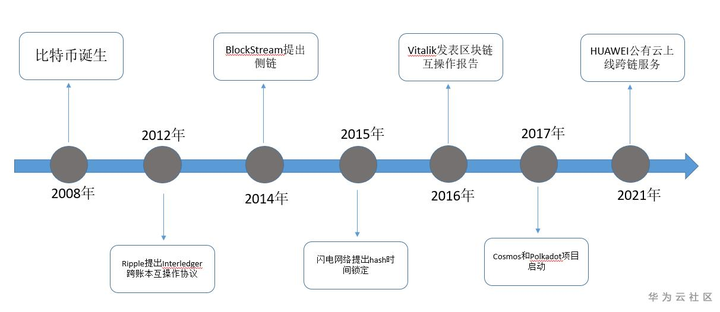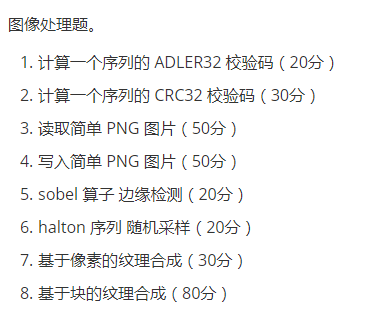I'm trying to fetch users from azure active directory using graph api. I've tried many ways, none of them worked, but let's stick to simplest one - using this instruction and some app to make http requests (I'm using postman) I'm able to obtain autherization token with no problem. After that I want to get users list using https://graph.microsoft.com/v1.0/users, passing token in header. Instead of the users list I get "Insufficient privileges to complete the operation." This error message is very confusing to me because app registration has now all possible permissions and service account that owns this app is in role of Global Administrator, so I believe there aren't any more privileges that this app could get.
Task of the application I'm developing is to merge users data from few companies and display users list on web page hosted on azure account of one of them. What's even weirder for me in all of this, is that for one these domains accesing users data using graph api actually works, so logically configuration isn't set correctly everywhere, but I don't really know what can be difference that makes one them work and others fail on "Insufficent privileges error".




